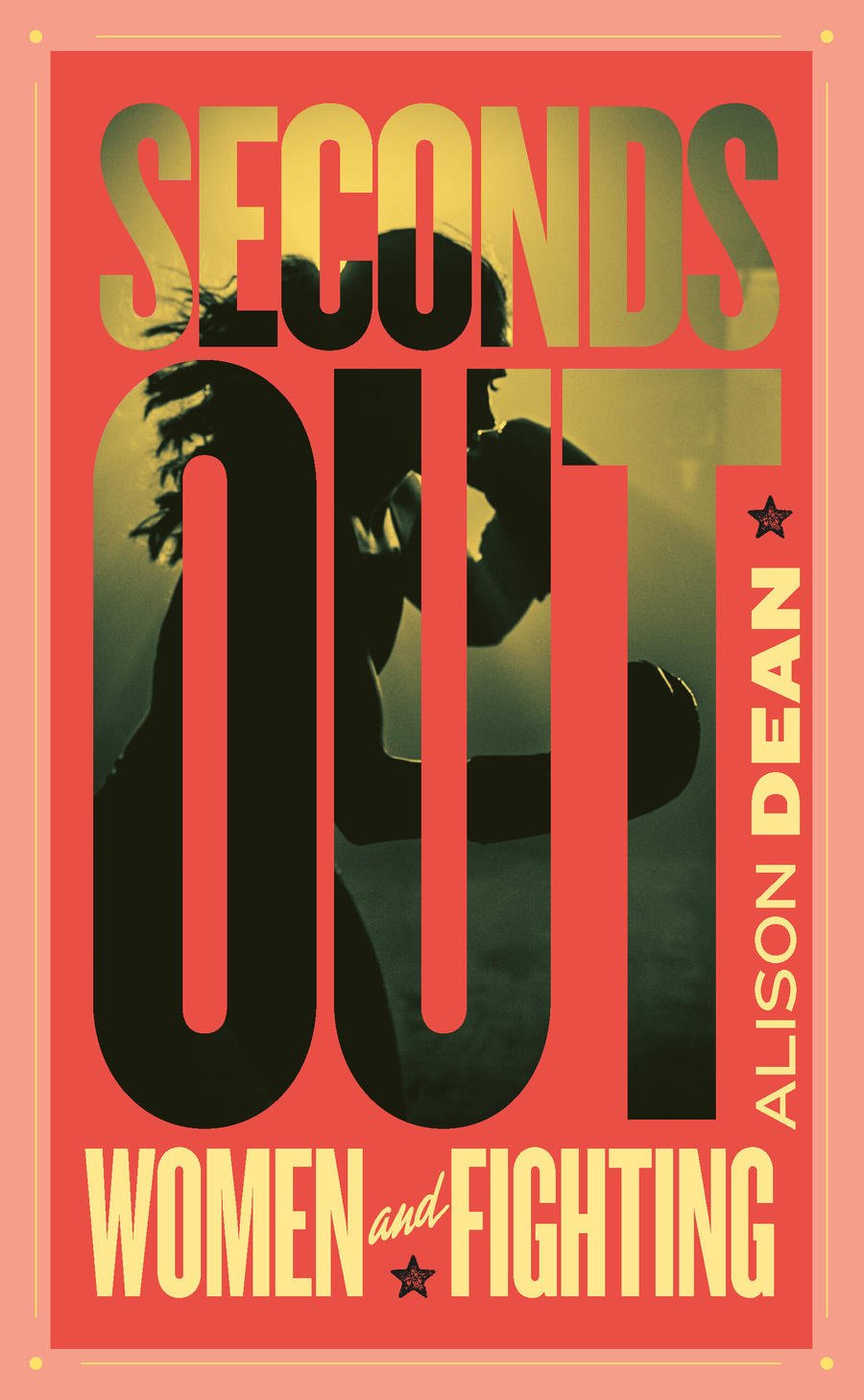Book Notes — SECONDS OUT: WOMEN AND FIGHTING
A memoir about an amateur woman boxer/kickboxer, who's also an academic, caught my attention personally (as an amateur athlete and academic myself), and as the editor of Sport Stories Press, where we focus on the sport stories of amateur athletes. Alison Dean's memoir, Seconds Out: Women and Fighting (Coach House Press, 2021), exceeds expectation: this is a very well-written, well-research book appropriate for a general, non-specialized audience. In other words, you neither need to be an academic nor an athlete to appreciate and learn from this story.
Summary from the publisher's website:
Kicking ass and taking notes—what it’s like to be a woman in the ring.
Alison Dean teaches English literature. She also punches people. Hard. But despite several amateur fights under her belt, she knows she will never be taken as seriously as a male boxer. “You punch like a girl” still isn’t a compliment — women aren’t supposed to choose to participate in violence.
Her unique perspective as a 30-something university lecturer turned amateur fighter allows Dean to articulately and with great insight delve into the ways martial arts can change a person’s — and particularly a woman’s — relationship to their body and to the world around them, and at the same time considers the ways in which women might change martial arts.
Combining historical research, anecdotal experience, and interviews with coaches and fighters, Seconds Out explores our culture’s relationship with violence, and particularly with violence practiced by women.
Book Notes
Alison Dean shares her personal experience as an academic and a newbie at a kickboxing class and then describes how she progressed from there to more martial arts and boxing classes and, eventually, to boxing competitions. It's effective how she shows the connection between her desire to fight with her profession as a teacher: "Not only do I want to constantly grow and improve, but I am – as I have been told, lovingly or otherwise – a bit of a teacher's pet. I can't help it. I am a teacher. And I have been a student my entire life. People who do will in these institutions are typically people who have learned how it works and are both willing and able to work within it. I'm like Lisa in The Simpsons” (p. 177). She deftly combines these aspects of her identity to fully describe her experience within the sport.
Dean also provides histories of women's martial arts, boxing, and self-defense classes and how women have progressed through these sports and activities at amateur and professional levels. The book also contains critiques of others' writing on martial arts and boxing, like Hemingway's and Oates's, and cultural critiques of women's boxing, its acceptance and lack thereof.
At times, I felt myself wishing for more of her personal experience with the sport, but she does provide plenty of detail of her personal experiences training and competing, using a degree of detail that allows readers to become familiar with the sport's culture, which I loved. She also weaves in her experience with a student stalker, too, which builds tension and intrigue as she describes more about her experiences as a fighter.
When I was a few months pregnant with my second child, Beth Lehr, manager at KickHouse, a modern Kickboxing Studio, encouraged me to take a kickboxing course; so, while reading this book, almost two years after my daughter's birth, I was re-inspired to try it. I signed up for the beginner class, a 30-minute session. For reference, I am a competitive swimmer who also trail runs and does other frequent cross-training, but I have never taken a kickboxing class or anything similar, so I wasn't sure what to expect. The coach did an excellent job of motivating and leading the class, which consisted of about a dozen women, including two other newbies like me, and one man. The punches and kicks did not come naturally to me. I thought about Alison Dean in her first fights, and I tried to imagine punching and kicking an actual person, instead of a punching bag, but that did not come naturally, either. But when I noticed that the man in the class hitting the punching bag with enough force to move it across the floor, I thought, hey, I want to do that, too, so I hit harder. I ended the class sweaty and fulfilled, and I was still a bit sore three days later. Definitely a cathartic experience that I'd recommend.
Although I don't imagine becoming a boxer or any type of martial artist, I very much appreciated Dean's account of her experience and found much of it relatable. For example, she wrote, "I have also been taught that a fighter should prepare so intensely and drill so many times that their movements become second nature. Fear and doubt are real, and they might have their place in training, but a fighter has to step across the threshold of battle believing they can win. When it's time to walk into the ring, you have to shut the fear and doubt off, and 'trust your training'" (p. 192), which is a similar mentality that I've been taught when approaching the swimming pool before a competition. Dean describes a different sport than the ones I typically participate in, but much of the mentality to train to get better personally and to compete for fun and self-empowerment, resonated with my experiences as an amateur athlete, too.

